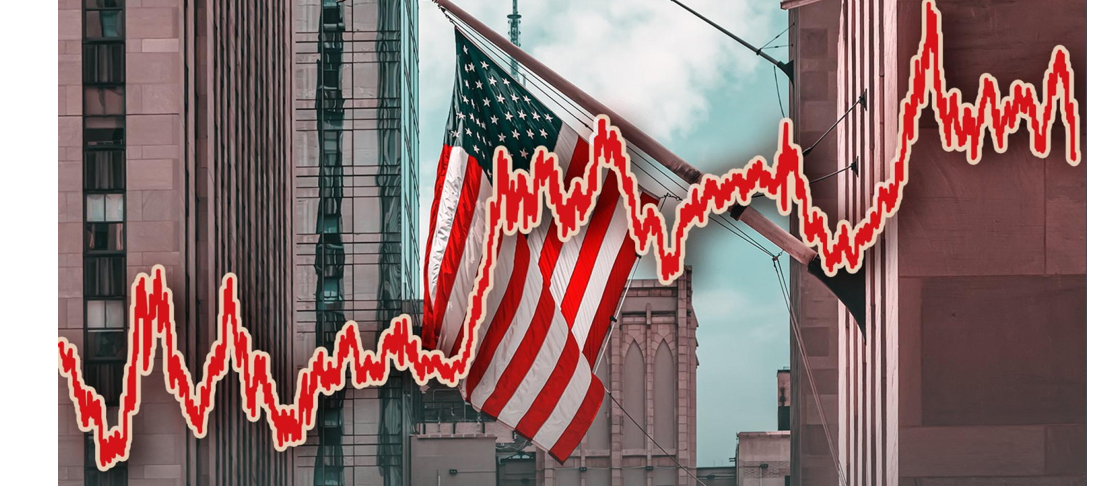This year, many have painfully learned that there is a currency risk in addition to the classic equity risk. This is particularly evident in the MSCI World. The most popular ETF among Germans - the iShares Core MSCI World - is down around four percent since the beginning of the year. The situation is quite different for the Xtrackers MSCI World Swap EUR Hedged ETF which is currently up 0.4 percent thanks to currency hedging.
The additional feature "EUR Hedged" makes the decisive difference. Why? The dollar has depreciated by around nine percent against the euro this year. In the unhedged version, this effect depresses performance, as the dollar component in the MSCI World is strong. The Xtrackers ETF, on the other hand, compensates for this currency loss - and thus offers more stable returns for euro investors.
"Welt" has investigated which products can be used to hedge the currency risk. Currency-hedged ETFs basically contain the same securities in the same weighting as unhedged variants - with one difference: they protect against currency fluctuations through forward exchange transactions, known as hedges.
This means that Wall Street's performance is not diminished by a weaker dollar. The same applies to the gains in goldthat euro investors receive without currency losses.
How well this works is shown by the Xtrackers Physical Gold EUR Hedged ETC
$XGDE (+1.01%) which is up 24 percent this year. The unhedged iShares Physical Gold ETC on the other hand, has only gained 16 percent. Hedging is not only available for gold products, but also for silver and commodities in general. As a rule, commodities correlate negatively with the dollar, i.e. rising prices go hand in hand with a weaker US currency. Hedging can solve this dilemma.
It may be worth taking a look at the following ETFs, among others: Xtrackers MSCI World Swap EUR Hedged ETF $XWEH (+0.3%), Fidelity Global Quality Income $FGEU (+0.33%)
XTrackers S&P 500 Swap $XS5E (+0.43%), Xtrackers MSCI USA $XD9E (+0.42%) , Invesco EQQQ Nasdaq-100 $EQEU (+0.46%)
Xtrackers Physical Gold $XGDE (+1.01%)
A currency hedge is never perfect. That is in the nature of hedging. In the case of hedged ETFs, the fund providers enter into currency forwards.
The problem: As a rule, hedging transactions are made for one month. This means that the providers have to decide 30 days in advance how much they want to hedge and at what exchange rate, for example a fund volume of 100 million euros. However, if the ETF's assets increase to 120 million euros due to inflows or price gains in the month in question, the additional 20 million euros are not hedged. This is why some ETFs are also hedged on a daily basis. However, this increases the cost of currency hedging.
Precise currency forecasts are almost impossible. In this discipline, the augurs perform even worse than with share or index forecasts, as currency fluctuations are more difficult to predict than stock markets. Historical examples prove this impressively: since the launch of the single currency, one euro has cost between 82 US cents - that was in October 2000 - and 1.60 dollars in July 2008.
Conclusion: Currency-hedged ETFs offer a simple and transparent way to reduce the dollar risk in your portfolio - especially when investing in global equities or commodities. Even if hedging is not free and error-free, in a world of growing uncertainty - such as the one we are currently experiencing - it can be an important component of stability in a portfolio.

Source: Welt | Image: World





